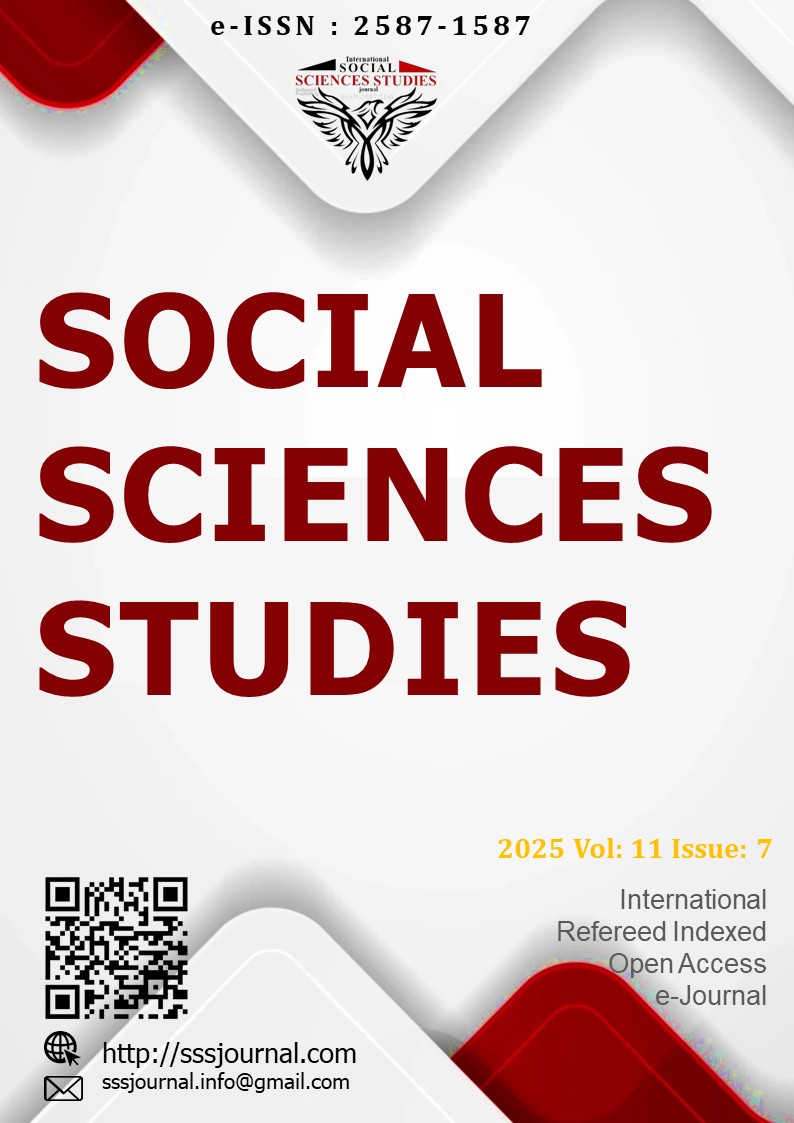Author :
Abstract
Bu çalışmanın temel amacı, Türkiye ekonomisi özelinde 1990-2023 dönemini kapsayacak şekilde finansal serbestleşme, brüt sermaye oluşumu ve toplam işgücü değişkenlerinin ekonomik büyüme ile olan ilişkisini ARDL sınır testi yöntemi aracılığıyla incelemektir. Bununla birlikte, literatürde finansal serbestleşme ile ekonomik büyüme arasındaki ilişkinin yönüne dair süregelen tartışmalar dikkate alınarak, bu ilişkinin incelenen dönem boyunca Türkiye açısından ne tür bir dinamik taşıdığı araştırılmaktadır. Elde edilen bulgular, analizde kullanılan değişkenler arasında uzun dönemli ilişkinin var olduğunu belirtir niteliktedir. Kısa dönemde finansal serbestleşme değişkeni istatistiksel olarak anlamlı bulunmazken, uzun dönemde ise bu değişkenin kişi başına düşen reel gayri safi yurt içi hasılayı negatif ve anlamlı şekilde etkilediği gözlemlenmiştir. Öte yandan, brüt sermaye oluşumu değişkeni ile toplam işgücü değişkeninin kısa ve uzun dönemde istatistiksel olarak anlamlı oldukları ve kişi başına reel gayri safi yurt içi hasıla üzerinde pozitif etkide bulunduğu görülmüştür.
Keywords
Abstract
The main purpose of this study is to examine the relationship between financial liberalization, gross capital formation and total labor force variables and economic growth for the period 1990-2023, specific to the Turkish economy, through the ARDL bounds test method. In addition, considering the ongoing discussions in the literature on the direction of the relationship between financial liberalization and economic growth, it is investigated what kind of dynamics this relationship carries for Turkey during the period examined. The findings obtained indicate the existence of a long-term relationship between the variables used in the analysis. While the financial liberalization variable was not found to be statistically significant in the short term, it was observed that this variable affected the real gross domestic product per capita negatively and significantly in the long term. On the other hand, it was observed that the gross capital formation variable and the total labor force variable were statistically significant in the short and long term and had a positive effect on the real gross domestic product per capita.





